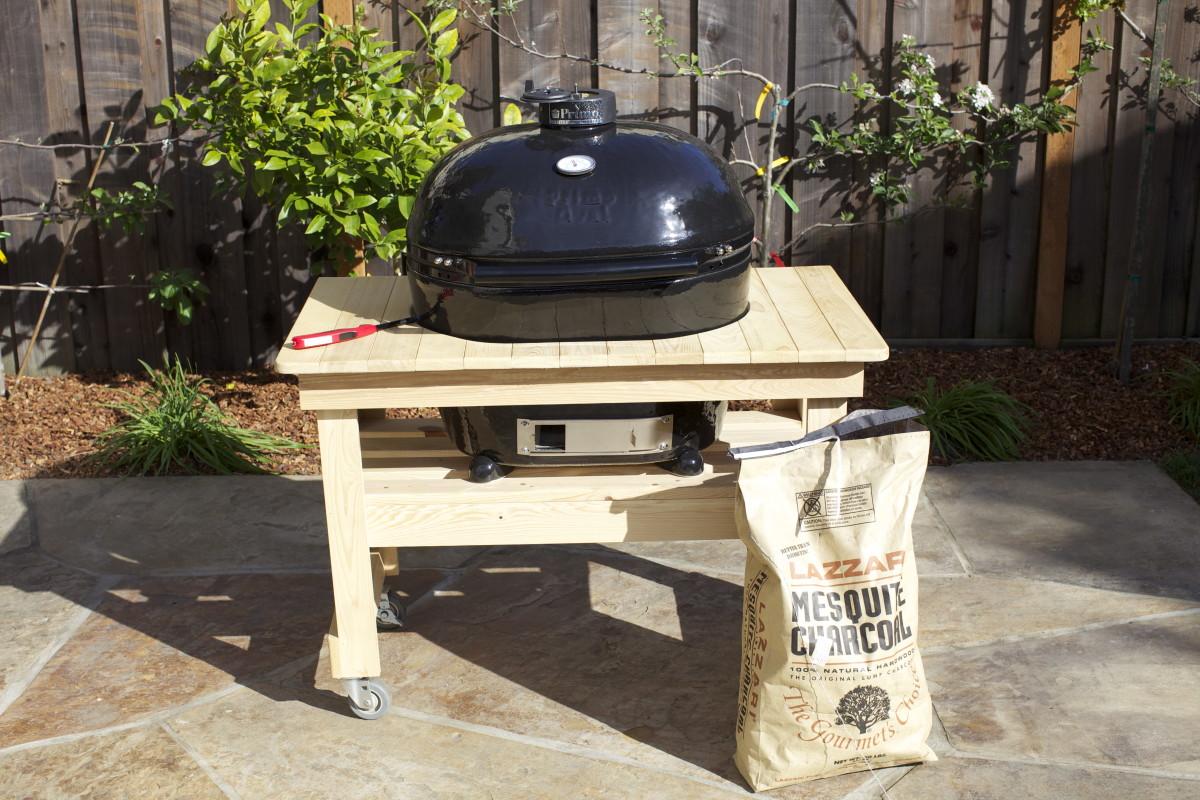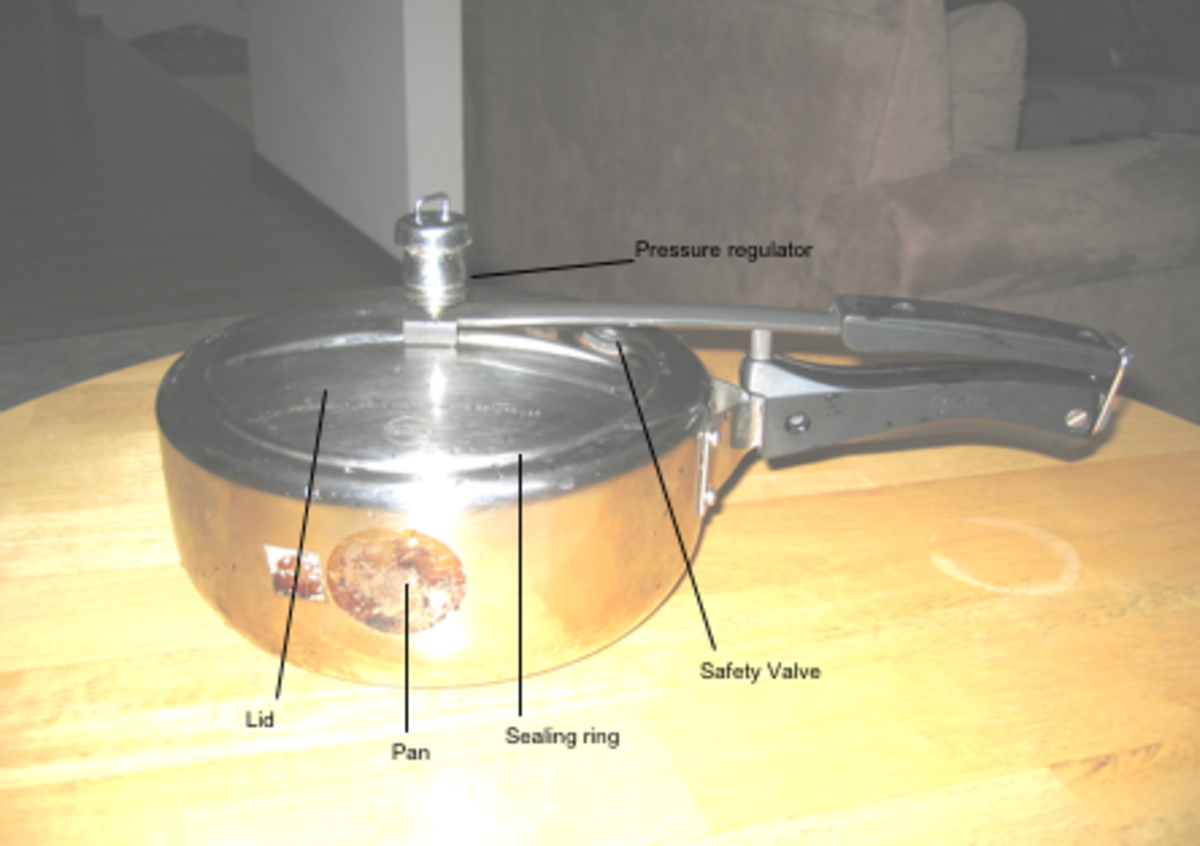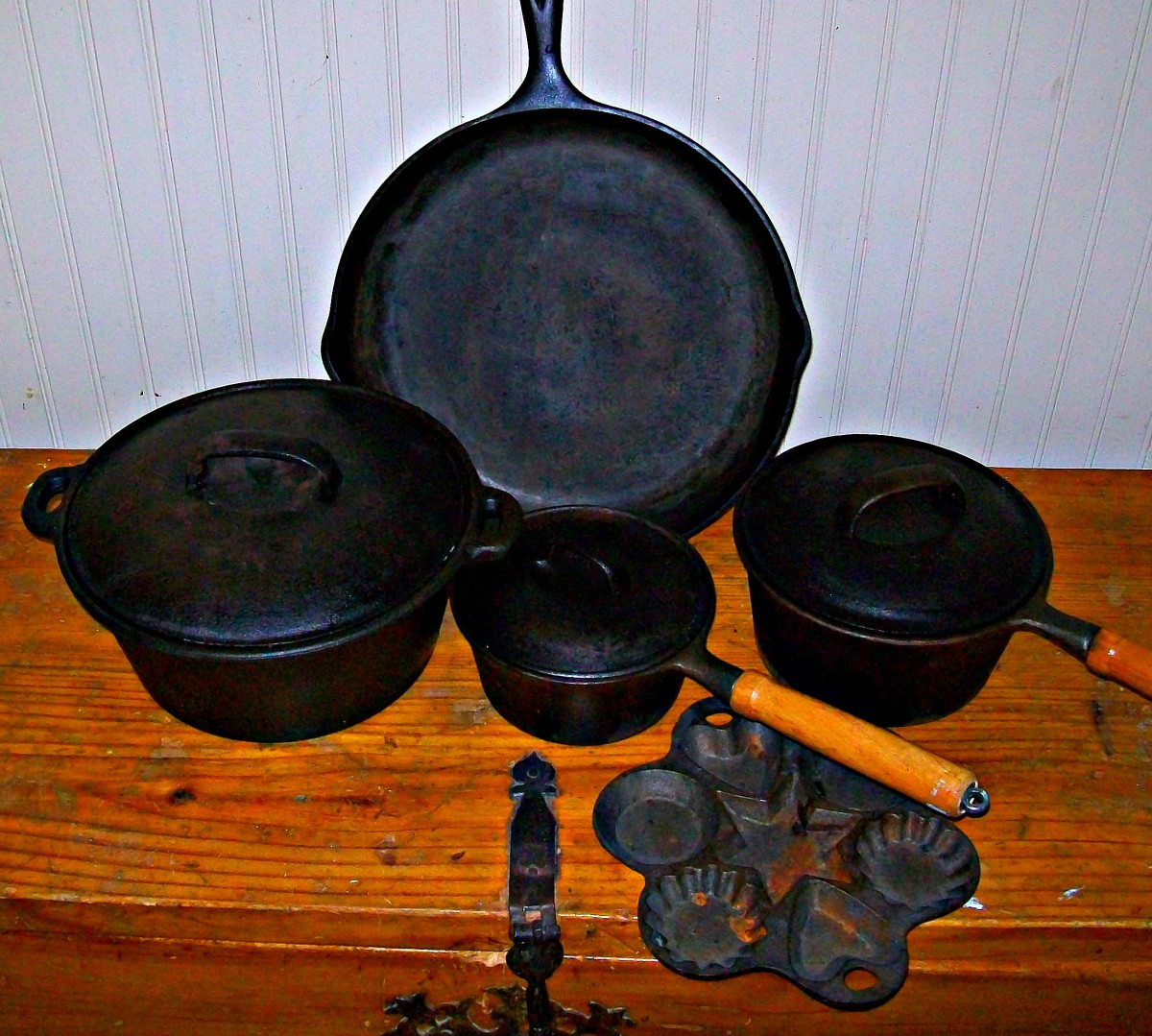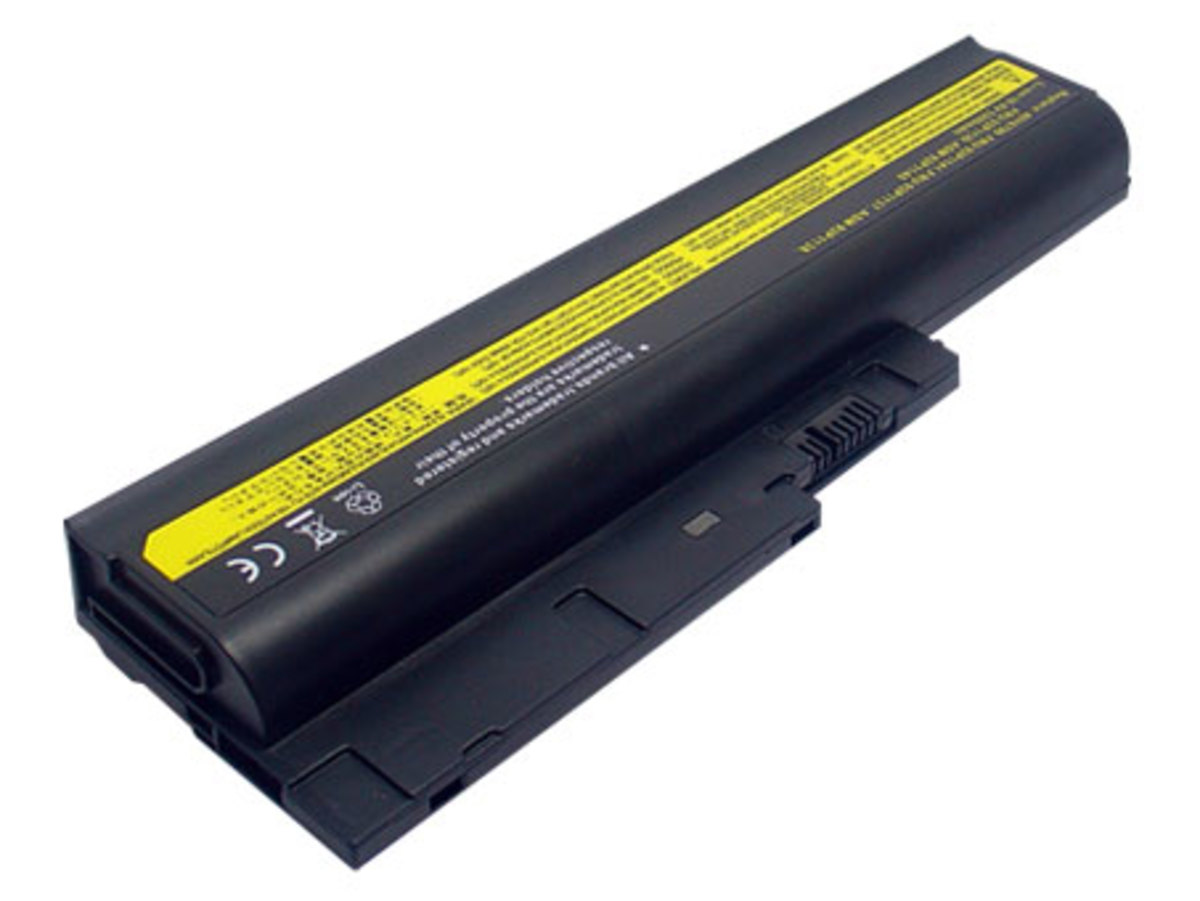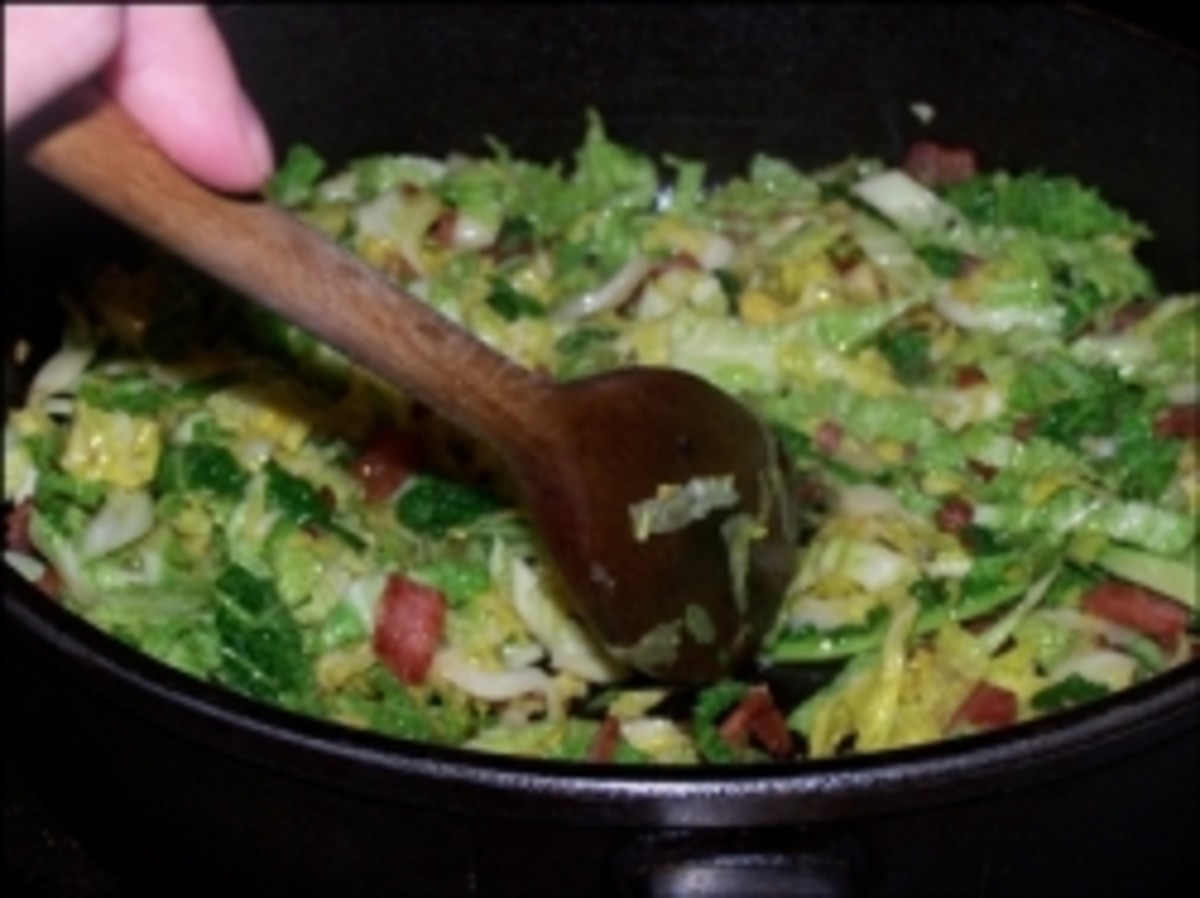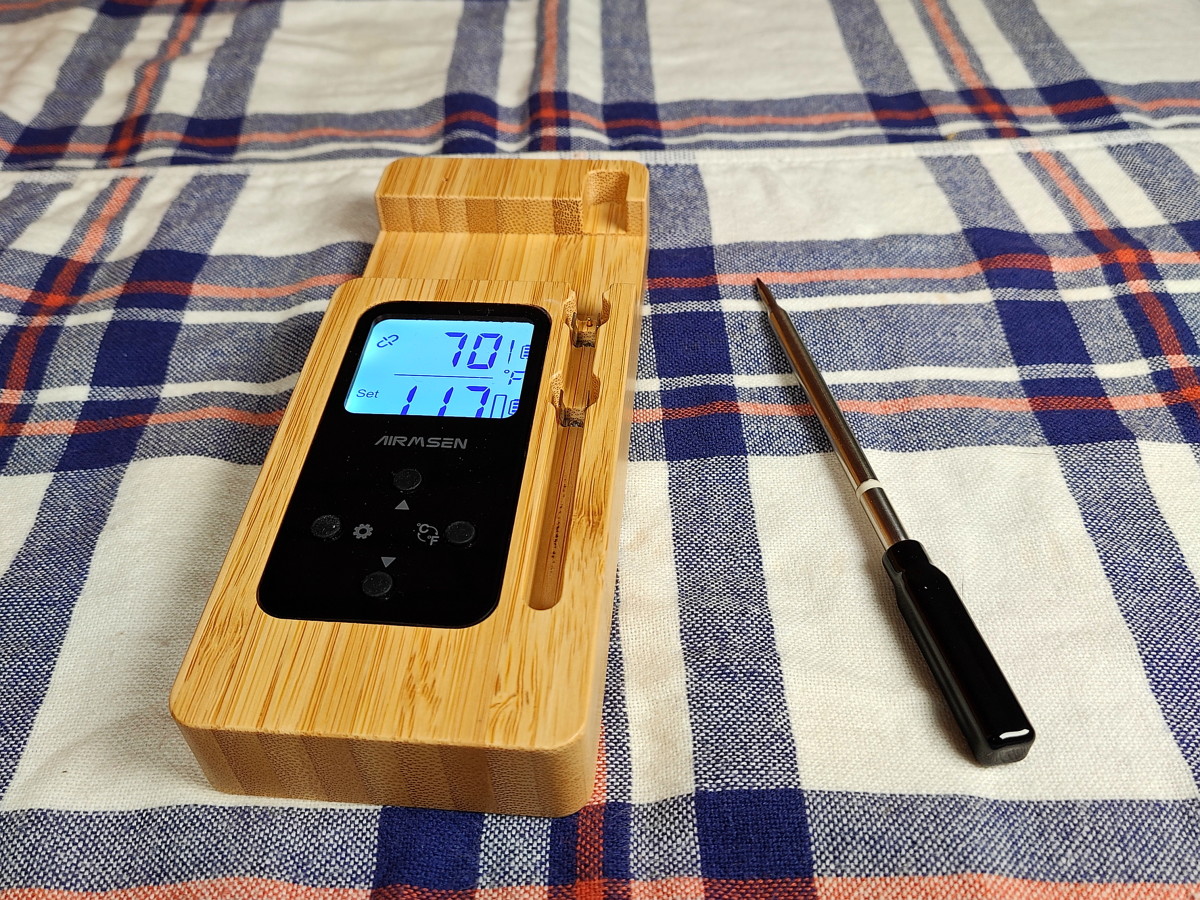Wok 101: How to Use a Wok, and How to Season a Wok
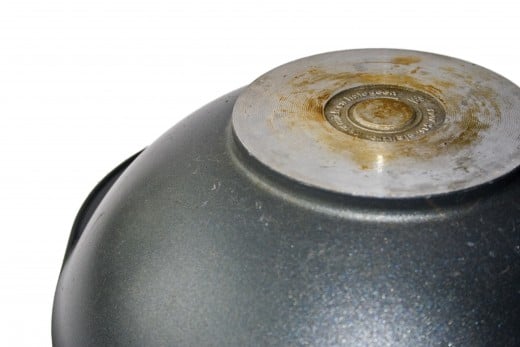
What is a Wok?
A wok is a pan used in Asian-style cooking that has either slanted or rounded sides. Foods are cooked at high temperatures in the center bottom and either pushed up the sides to keep warm or for later introduction in the menu item, or simply removed as others are added. A wok can be made of non-stick materials or out of steel that needs constant seasoning. A flat squared or rounded spoon helps to push the food around, and a strainer will help lift foods out of the oil if you are frying or if it is large. Woks can be completely rounded at the bottom, or have a small part that is flat so it sits on flat tops. The bottom part will indicate where it can be used (rounded works better using the base or on gas fire, and the flat bottom works well on hobs that need direct contact with the heat, such as electric and induction).
Woks are handy in many different cuisines, and can also be used for quick breakfast omelets. Here is a guide on how to season a wok if it needs it, and best ways on how to use a wok.
Seasoning (The Pan)
If the pan you're using is not non-stick or stainless steel, it will probably need seasoning upon first use and each time it is used, mainly to prevent rusting.
- Scrub the inside and outside of the wok with a scrub pad and hot water. This will remove any factory-placed coatings on the pan itself.
- Rinse the pan, and dry thoroughly until all moisture is gone.
- Rub the inside of the pan with a generous coating of peanut oil (peanut oil can withstand higher temperatures without burning).
- Heat the pan over medium to medium high heat until very hot, getting the sides as well as the bottom hot. The oil should begin to steam (about 4-5 minutes). Don't place the pan over high heat and do this, but rather heat the pan up more slowly to ensure the sides have been heated as well.
- Remove the pan from the heat and let cool.
- Wipe all excess oil once the pan has cooled to room temperature. Use or store the wok.
- After using the wok each time, this process must be done if it has been scrubbed with any kind of soap. Otherwise, after using, rinse well and wipe dry, then coat it with a light rubbing of peanut oil.
Preparing Foods
Since foods will be cooked quickly at high temperatures, they must be cut in certain ways to ensure they are done at the end of cooking, and evenly.
- Meats should be cut thinly across the grain (shave it or cut paper-thin if the meat is tougher). Piece sizes will depend on the meat being used, but cubes, slivers or thin strips work well.
- Vegetables can be julienne cut, sliced on the diagonal (for a change of shape), thinly sliced, or cut into small dice. The vegetables should be uniform in shape in size for the type being used. If the vegetable is cabbage or firm lettuce, shred or slice thinly.
- If fish or shellfish is being used, depend on the species, cut into small cubes or slices, or chop up uniformly if those shapes cannot be cut easily.
- Use the right oil for the wok in cooking. Olive oil, butter & margarine, shortening, lard & other animal fats, as well as specialty oils will not work in the wok as they will end up burning before the cooking has even started, and they are highly flavored and will end up changing the overall flavors of the dish. Use oils that can be cooked at higher temperatures without burning and won't change the flavors of the foods being cooked. Peanut oil, safflower oil, rapeseed oil, sunflower oil and even soybean oils are all good choices for cooking oils in woks.
Using the Wok
Initially, recipes will call for a bit of oil to be placed at the bottom of the wok. This is the part that will do the actual cooking. Heat on high, then place the food in the bottom part. Stir quickly to move the food item around, and work constantly. Depending on the recipe, the food may or may not be browned or may need to only partially cook. Vegetables may need an initial cooking to a crisp texture, then added back to the pan later in the recipe to finish cooking to a crisp-tender texture. Meats may be cooked quickly at first, then simmered later in the wok.
Woks work well at very high temperatures, but at a lower temperatures as well. Woks can be used to braise items and for deep-fat frying. It is helpful to use a thermometer when deep-fat frying to ensure the oil is at a proper and regulated temperature (adjust the flame when using).
Since woks have a rounded bottom, some models have a base on the bottom for it to sit on. These work with fire heat, and not with electric or other hobs since those need direct contact with the element to heat. Simply use as is in those situations.



